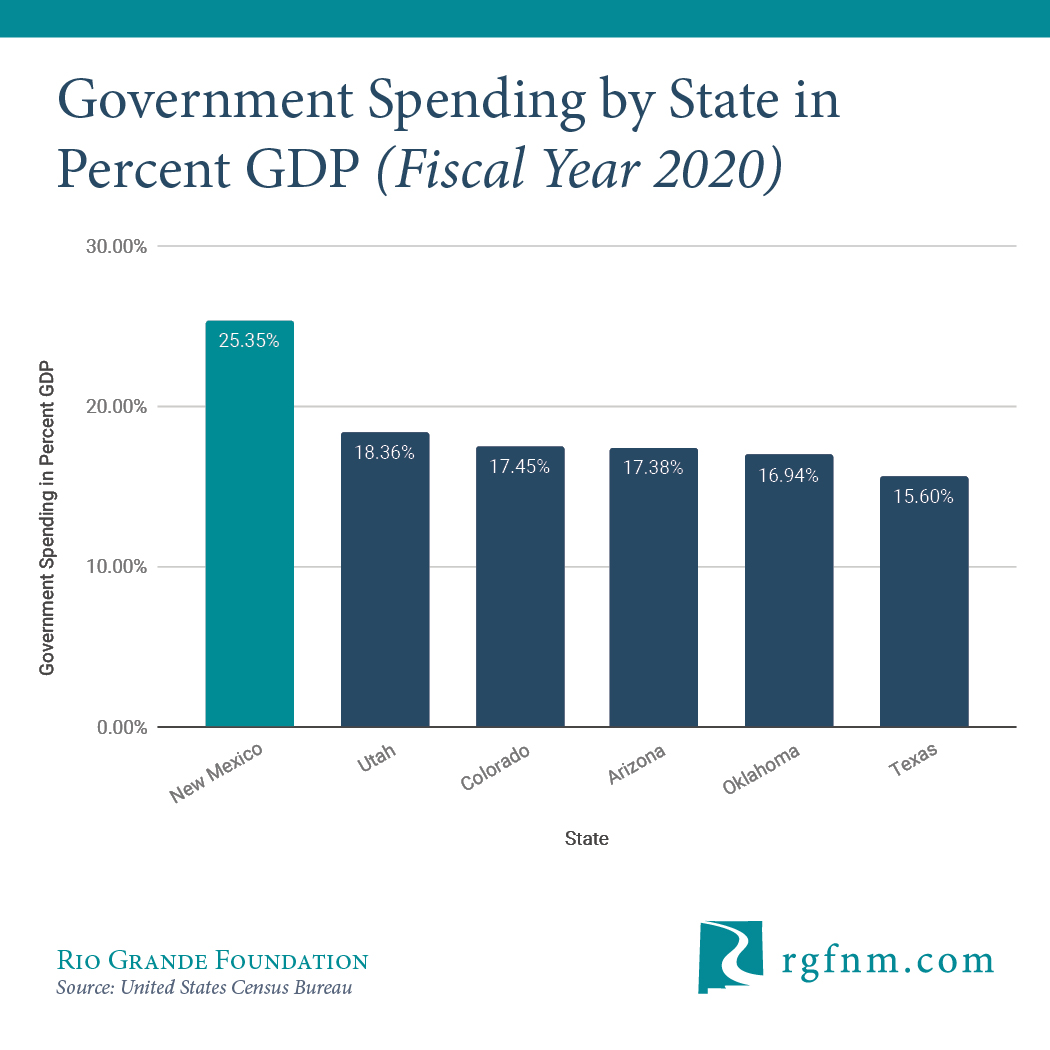Rio Grande Foundation Collecting Legislator/Candidate pledges not to raise taxes in pandemic aftermath
04.17.2020
With low oil prices and much of the economy frozen in place, tax revenues are plummeting. But, the last thing New Mexico business owners need is higher taxes as the economy attempts to recover.
In an effort to protect taxpayers in the aftermath of the global Coronavirus pandemic, the Rio Grande Foundation sent a letter to candidates for legislative offices requesting they sign the Taxpayer Protection Pledge. If you are a candidate for the New Mexico Legislature this November, please send an email to: info@riograndefoundation.org simply saying “I sign the pledge” and letting us know exactly who you are. We will release the results shortly.
The letter was sent as follows:
Dear New Mexicans,
As a member of the New Mexico Legislature or a candidate to hold that office, one of your primary goals is to help New Mexicans get back to work. This downturn has been driven partially by the economic shutdown associated with the Corona Virus, but also in part by steep decline in oil prices.
Whatever the cause of the downturn, New Mexico government plainly spent beyond its means in recent years and has plenty of spending to cut before tax hikes are even considered. While the economy remains largely shut down and the start of our economic recovery remains unknown, we do know that New Mexico’s economy faces a steep challenge that will not be assisted by tax hikes on businesses and other hard-working New Mexicans.
I want you to pledge to the people of New Mexico not to raise your taxes as a result of the current economic downturn. In practical terms, this means no NET tax hikes through the end of the 2021 New Mexico legislative session.
The candidates were asked to respond to the request and pledge to not increase taxes as a result of the economic downturn.













 All of this means that Gov. Lujan Grisham needs to be extremely proactive in addressing the budgetary impacts of the current economic situation.
All of this means that Gov. Lujan Grisham needs to be extremely proactive in addressing the budgetary impacts of the current economic situation.




